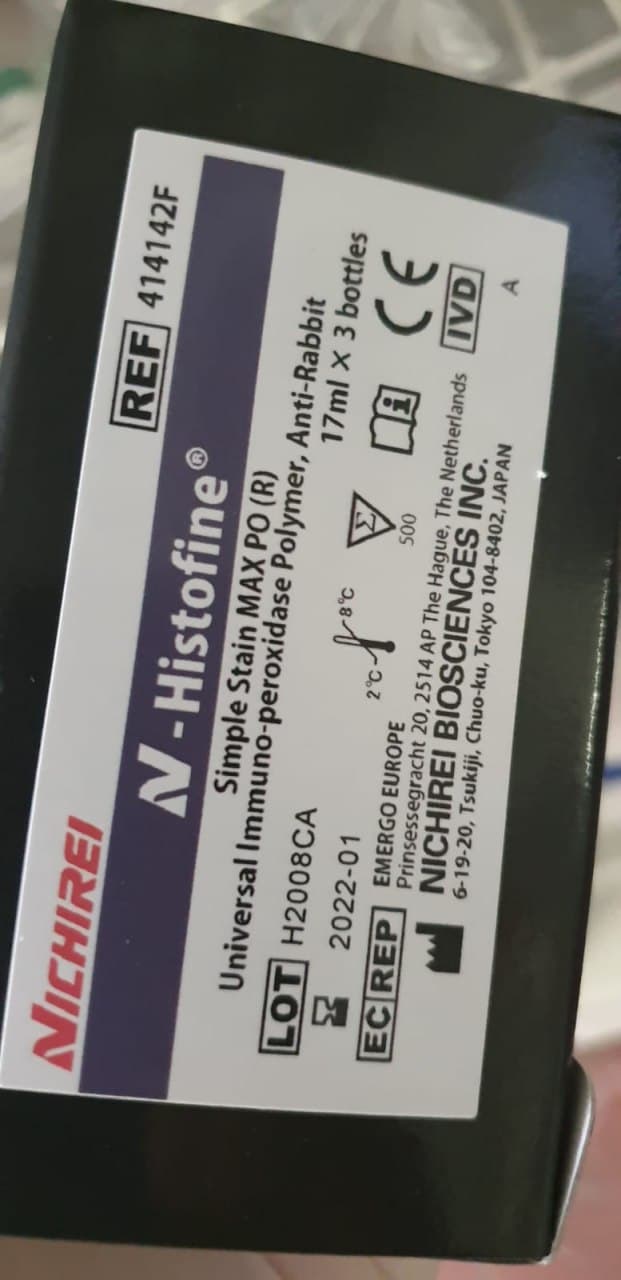Shigella flexneri is an intracellular bacterial pathogen that positive aspects entry to the intestine epithelium utilizing a specialised Type III Secretion System (T3SS). Various determinants mediating this invasive an infection have been experimentally verified utilizing the classical gentamicin safety assay introduced right here. In this assay epithelial cell strains are contaminated by micro organism in vitro and the extracellular micro organism are killed by gentamicin. The internalized micro organism, that are shielded from the bactericidal motion of gentamicin, are recovered by lysing the epithelial cells and enumerated by figuring out the colonies fashioned on strong medium.
Various methods primarily based on gentle microscopy, reminiscent of immunofluorescence and micro organism expressing fluorescent proteins, are additionally used for finding out intracellular micro organism. However, these methods should not solely labor intensive and require refined tools, however principally are additionally not quantitative. Despite being a straightforward quantitative technique to research invasiveness of micro organism, the gentamicin safety assay can’t distinguish between the survival and multiplication of the internalized micro organism over longer incubation durations.
To alleviate the problems created by multiplication and dissemination of internalized micro organism, complementary assays like plaque formation assays are required. This protocol presents a straightforward and cost-effective technique to decide the invasiveness and the capability to set up an an infection of Shigella below totally different circumstances. Automatic and visible interpretation of outcome bands have been additionally in contrast for the immunochromatography-based BinaxNOW and ImmuView UATs.
Urinary antigen exams (UATs) are sometimes used to diagnose Legionnaires’ illness as they’re speedy and simple to carry out on readily obtainable urine samples with out the want for specialised abilities in contrast to standard strategies. Recently developed automated readers for UATs could present goal outcomes interpretation, particularly in instances of weak outcome bands. Using 53 outlined affected person urine samples, we evaluated the efficiency of the BinaxNOW Legionella Antigen Card (Abbott), ImmuView S. pneumoniae and Legionella (SSI Diagnostica), STANDARD F Legionella Ag FIA (SD Biosensor), and Sofia Legionella FIA (Quidel) concurrently with their respective automated readers.
SARS-CoV-2 lateral circulation assays for attainable use in nationwide covid-19 seroprevalence surveys (React 2): diagnostic accuracy research

Establishment of Novel Protein Interaction Assays between Sin3 and REST Using Surface Plasmon Resonance and Time-Resolved Fluorescence Energy Transfer
Repressor element-1 (RE-1) or neural restrictive silencer component (NRSE) certain with a zinc finger transcription repressor, RE-1 silencing transcription issue (REST, also called neural restrictive silencer issue, NRSF) has been recognized as a basic repressor component in lots of genes, together with neuronal genes. Genes regulated by REST/NRSF regulate multifaceted neuronal phenotypes, and their defects in the equipment trigger neuropathies, issues of neuron exercise), autism and so forth. In REST repressions, the N-terminal repressor area recruits Sin3B by way of its paired amphipathic helix 1 (PAH1) area, which performs an necessary function as a scaffold for histone deacetylase 1 and a pair of. This equipment has a important function in sustaining neuronal robustness.
[Linking template=”default” type=”products” search=”NADH Fluorometric Assay Kit 100 assays” header=”2″ limit=”132″ start=”4″ showCatalogNumber=”true” showSize=”true” showSupplier=”true” showPrice=”true” showDescription=”true” showAdditionalInformation=”true” showImage=”true” showSchemaMarkup=”true” imageWidth=”” imageHeight=””]
In this research, so as to set up protein-protein interplay assays mimicking a binding floor between Sin3B and REST, we chosen necessary amino acids from structural data of the PAH1/REST complicated after which tried to reconstitute it utilizing recombinant quick peptides derived from PAH1/REST. Initially, we validated whether or not biotinylated REST interacts with glutathione S-transferase (GST)-tagged PAH1 and whether or not one other PAH1 peptide (PAH1-FLAG) competitively binds with biotinylated REST utilizing floor plasmon resonance (SPR). We noticed a direct interplay and aggressive binding of two PAH1 peptides.
Secondly, so as to set up a high-throughput and high-dynamic-range assay, we utilized an simply carried out novel time-resolved fluorescence vitality switch (TR-FRET) assay, and intently monitored this interplay. Finally, we succeeded in establishing a novel high-quality TR-FRET assay and a novel interplay assay primarily based on SPR.

